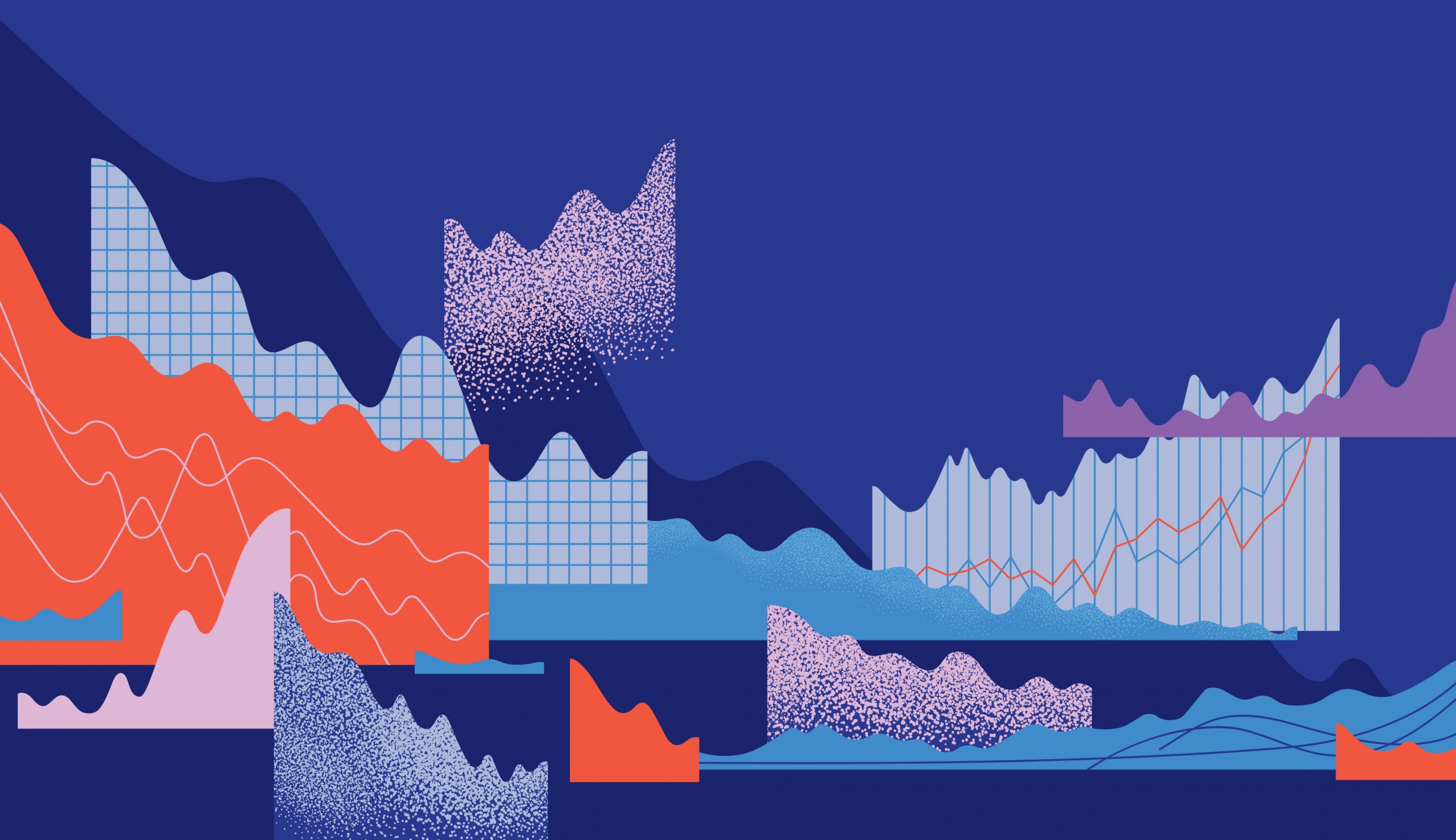


Coined by Alexis Madrigal in 2012, dark social refers to the untraceable sharing of your links. It’s not a nefarious thing (like the often-portrayed-in-the-media-as-nothing-but-evil dark web), but it is a cause for concern. Let’s look at an example to understand it better:
As a result, dark social interactions can’t be accurately measured in analytics. In fact, an estimated 84% of consumer sharing is done through dark social channels. That’s a huge percentage of misconstrued traffic your metrics are reporting. Plus, 62% of dark social clicks come from mobile sources. So, not only is the source of the link misreported but so is the device from which the click happened. Your metrics are being pummeled.
We provide social media share buttons on our webpages. Social media sites have methods to share posts too. But often, you don’t want to share with everyone in your social sphere, just your best friend. So, you take the easiest course of action and copy/paste a link into a chat message or email. People are sharing using the easiest-for-them method, without thinking about what havoc they are wreaking to your metrics (“Will someone please think of the metrics?”).
Outsmarting dark social is imperative
For your metrics to be accurate, you need to find ways to decode and analyze dark social traffic. You know you are spending lots of money on your website, social, and ad campaigns. That money should yield two things: data and conversions. Of the two, as a marketer, the data is almost more important, because it helps you pinpoint your audience.
Data also lets you test your marketing, to make sure your messaging, timing, offers, graphics, and everything else are the best they can be to reach your audience. If the data you’re getting from your metrics isn’t accurate, then you will never really know if anything you are doing is really making a difference.
There’s another reason you want to be able to track your marketing: money. First, you need to know that the money you’re spending on marketing is getting the results you want. If, for example, you’re spending a ton on Facebook ads, you want to make dang sure those ads are giving you a great ROI. And you also need to know how well your money is working for when you plan your next marketing budgets. You’ll want to budget where the money will be best spent.
So, dark social is keeping you in the dark (sorry) on the true nature of your traffic. It’s sort of like dark matter—we know it’s there and we know it’s important, but how can we identify it?
If you’re asking yourself now if tracking dark social is even worth the trouble, consider this: After recapturing their dark social traffic (or, as much as they could) and using that data to plan their paid media campaigns, one retailer reported their site traffic tripled.
How did that retailer do it? But more importantly, how can you do it too?
How to track the untrackable
Well, let’s get this out of the way first: There are services and programs you can pay for which claim they have techniques and technologies to fully track and report on dark social links. Of course, there are. We haven’t tried them, we don’t know them, so we can’t recommend them. Now, we can’t not recommend them—you’ll just have to do some research yourself and see if any of them is the best option for your organization.
There are things you can do on your own, however, to get a better handle on your dark social traffic. You will just need to invest a bit of time. The following trifecta of techniques should give your analytics quite a lot of insight, allowing you a good guess on which traffic is real and which is dark social. We say “good guess” because there isn’t a foolproof, totally accurate method to fully distill dark social traffic into its actual components. However, these techniques will give you the best chance of cracking the dark social enigma.
Okay, so you’ve done all those things. You’ve UTM-ified your links. You’ve shortened your URLs. And you’ve made it crazy easy to share exactly the content you want using exactly the links you want. Have you solved the problem of dark social sharing? Sort of yes!
There still can be issues, just like before. If someone copy/pastes the link from your email (with all your UTM parameters baked in) to a Facebook Messenger message and the recipient clicks on the link, GA will use the UTM parameters to determine where the traffic came from. That is, it will register as email traffic instead of Facebook traffic. It’s tagged, so you know where it originally originated, but the data is still misleading.
What you must do now is data analysis from ALL your accounts: Google Analytics (GA), Facebook, Instagram, and whatever else you use. Look for anomalies and compare data from each account. For example, if in GA you suddenly see a spike in traffic with your Instagram UTM parameters, but you don’t see a similar spike in your Instagram-reported data, then you most likely are looking at some dark social going on. You might not be able to attribute that traffic to something specific, but at least you will know it isn’t coming directly from Instagram. Sometimes knowing what something is not is the best you can hope for.
Decoding dark social is work, and it’s never going to be perfect. But if you put in the time, if you carefully craft your links, and if you take command (as best you can) of how people are sharing your links, you should be able to open a treasure trove of data and become a marketing maestro.
We can boost your social.

